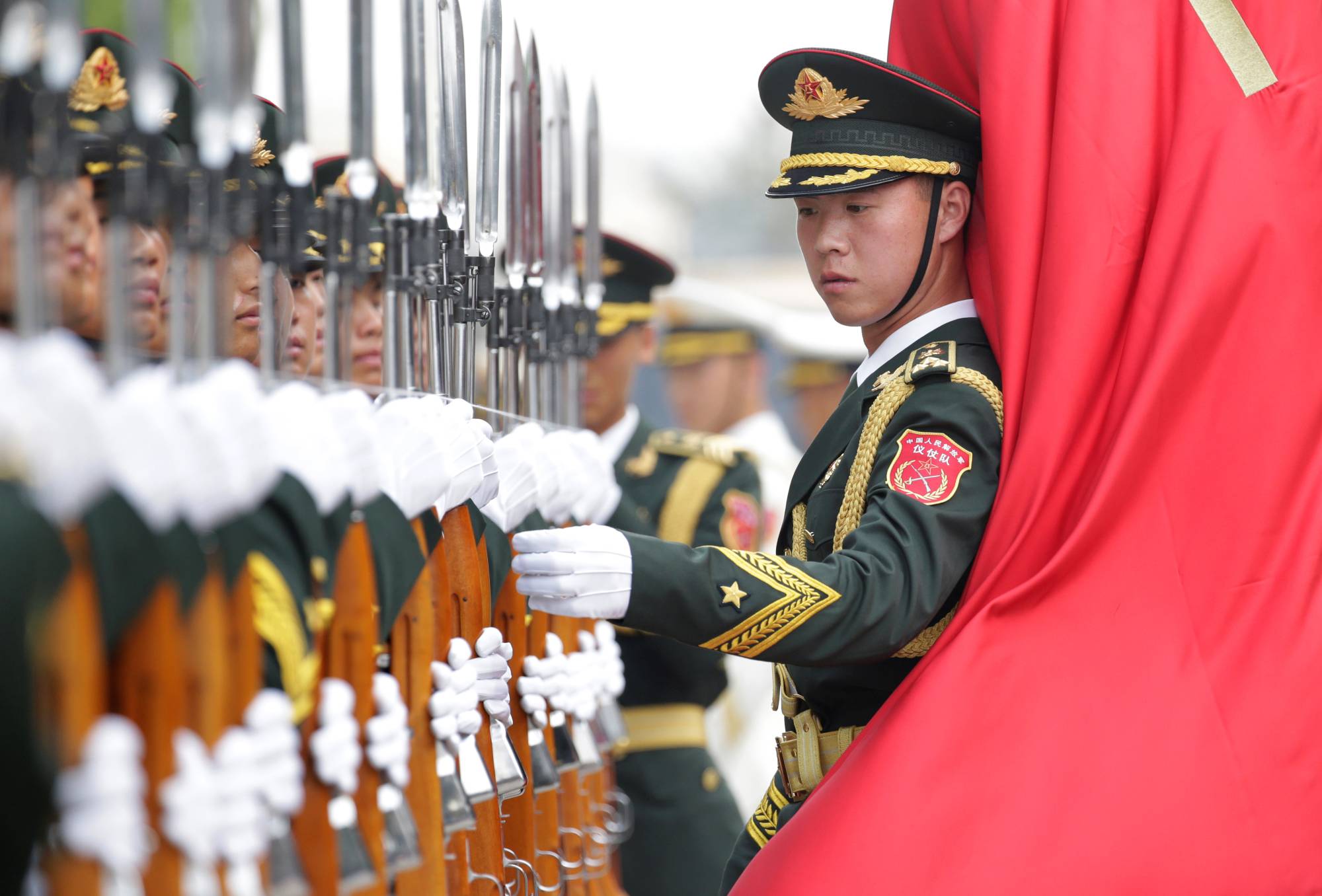During the Cold War, the nuclear landscape was dominated by the globe-spanning U.S.–Soviet bipolar rivalry. Russia and the United States still account for over 90 percent of the world’s stockpile of nuclear weapons. The emerging strategic rivalry, however, is between the U.S. as the weakening hegemon and China as the rising comprehensive national power. This is why Washington decided it could no longer ignore the nuclear challenge to its interests in the vast Indo–Pacific maritime space posed by China’s absence from the missile prohibitions of the INF treaty. About 95 percent of China’s missiles are in the INF range, enabling it to target forward-deployed U.S. forces and allied territory, including Japan, Guam and Australia, with relatively inexpensive precision-strike conventional capability.
Without INF restrictions, the U.S. can develop and station ground-launched intermediate-range cruise missiles in Guam, Japan, South Korea, and northern Australia that could reach deep into China’s interior. However, the search for Pacific allies prepared to host intermediate range conventional U.S. missiles aimed at China will be challenging, with the downsides in bilateral relations with China and domestic political opposition likely to outweigh potential military advantages.
Speaking after the INF’s demise in August last year, U.S. President Donald Trump said he wanted Beijing to be party to any new nuclear pact with Moscow. China has rejected requests to save the INF by trilateralizing it. Its stockpile of 320 nuclear warheads is not comparable to 6,375 Russian and 5,800 U.S. warheads. On Aug. 6, 2019, Disarmament Ambassador Li Song expressed China’s deep regret and opposition to the “irresponsible unilateral” U.S. withdrawal from the INF. On the same day Fu Cong, director of arms control in China’s Foreign Ministry, cautioned Asia-Pacific countries against permitting INF-ranged missiles to be deployed on their territory.



















With your current subscription plan you can comment on stories. However, before writing your first comment, please create a display name in the Profile section of your subscriber account page.